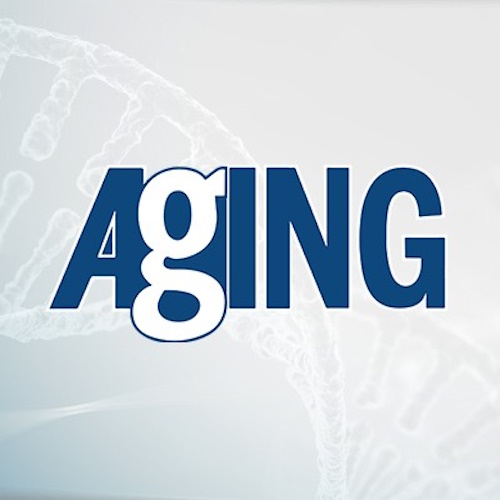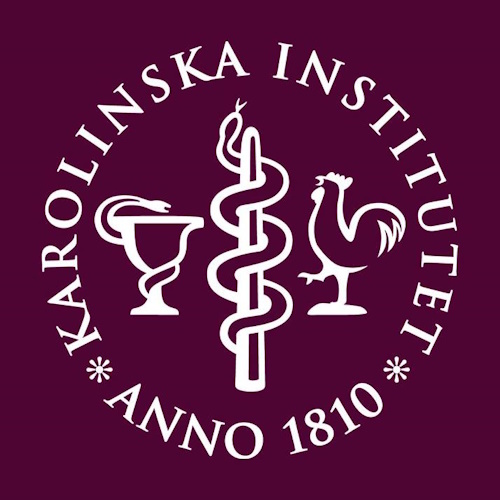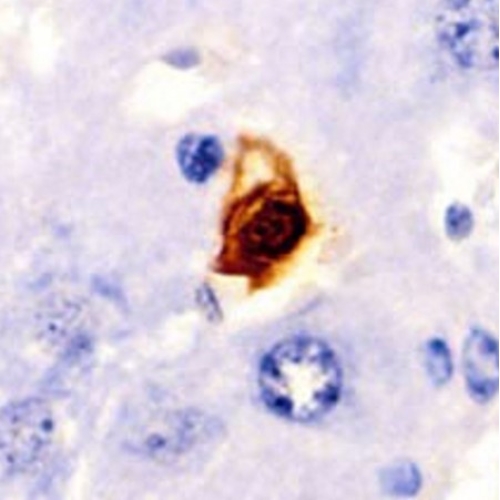Cellular senescence, a hallmark of aging, plays dual roles in tissue homeostasis and age-related diseases. Recent advancements in the study of senescence offer profound insights into its mechanisms and therapeutic potential. Understanding senescence, its heterogeneity, and its implications in health and disease has sparked innovative research aimed at harnessing its benefits while mitigating its pathological effects. This article explores the intricacies of senescence, its emerging diagnostic tools, and promising therapeutic innovations.
From Discovery to Complexity
Senescence was first identified in 1961 by Hayflick and Moorhead, who observed that human fibroblasts cease dividing after approximately 50 cell divisions. Initially considered a protective mechanism against tumorigenesis, senescence is now understood as a multifaceted phenomenon influencing tissue regeneration, homeostasis, and pathology.
The foundational pathways of senescence involve the p53/p21 and p16/Rb axes, which regulate cell cycle arrest. These pathways are activated in response to various stressors, including DNA damage, oncogene activation, and oxidative stress. Over time, research has unveiled senescence’s plasticity and heterogeneity, categorizing it into types like stress-induced and replicative senescence. The senescence-associated secretory phenotype (SASP) further complicates this landscape by mediating interactions with the microenvironment, influencing immune surveillance, tissue repair, and chronic inflammation.
Heterogeneity and Diagnostic Challenges
Senescence’s heterogeneity is both a challenge and an opportunity. It varies by cell type, trigger, and temporal state, underscoring the need for context-specific characterizations. For example, senescence in astrocytes and microglia contributes to neurodegenerative diseases like Alzheimer’s, while senescent fibroblasts can support tissue repair in the lung.
Emerging technologies, including single-cell RNA sequencing and spatial omics, are unraveling these complexities. Tools like SenMayo and EndoSen provide detailed gene sets tailored to specific tissues and contexts, advancing our understanding of senescence’s diverse roles. Yet, this heterogeneity raises questions about the feasibility of universal biomarkers or therapies, steering research toward tailored, context-specific approaches.
Innovative Diagnostic Tools and Models
Detecting senescence is pivotal for translating research into clinical practice. Traditional markers like SA-β-Gal and p16 have limitations due to their non-specific expression in other cellular states. Recent advancements include molecular probes, machine learning algorithms, and liquid biopsies.
Model organisms are indispensable for studying senescence’s physiological roles and therapeutic interventions. While mice remain the gold standard, alternative models provide unique advantages. Zebrafish, killifish, and salamanders offer insights into telomere dynamics, regeneration, and senescence’s evolutionary roles.
Therapeutic Innovations
The therapeutic targeting of senescence, or senotherapy, encompasses strategies to eliminate senescent cells (senolytics), modulate SASP (senomorphics), or harness senescence’s beneficial roles.
- Senolytics: Drugs like Dasatinib and Quercetin selectively clear senescent cells, showing promise in alleviating age-related diseases such as osteoarthritis and pulmonary fibrosis.
- Senomorphics: These agents, including rapamycin, modulate SASP without eliminating senescent cells, reducing inflammation and enhancing tissue repair.
- Senescence-Inducing Therapies: Controlled induction of senescence in cancer cells using drugs like palbociclib halts tumor growth while preserving surrounding tissues.
Challenges and Future Directions
Despite progress, senescence research faces significant challenges. The lack of universal, reliable markers hinders diagnostics and therapeutic monitoring. Senolytics may disrupt beneficial senescence processes, necessitating precision in targeting. Differences in senescence dynamics across sexes and ages complicate clinical translation.
Future research must focus on integrating multi-omics approaches to map senescence across tissues and diseases. Developing combinatorial senoprobes for enhanced diagnostic specificity and exploring long-term effects of senotherapies in diverse populations remain crucial.
Conclusion
Senescence represents a paradoxical force in biology, capable of both preserving and compromising health. By deepening our understanding of its complexities, leveraging cutting-edge technologies, and refining therapeutic strategies, we can unlock its potential to enhance healthspan and combat age-related diseases. The journey from preclinical models to clinical innovations underscores the transformative power of senescence research, paving the way for a healthier, longer-lived future.
The study is published in the journal npj Aging. The study was carried out by Samir Morsli and team from Karolinska Institutet.






